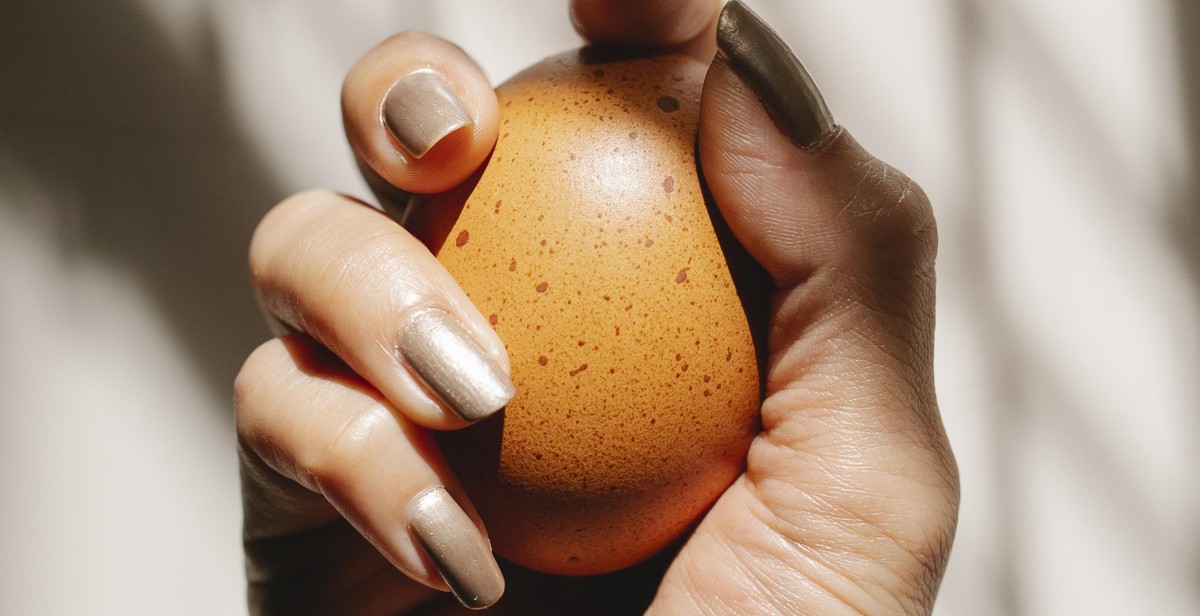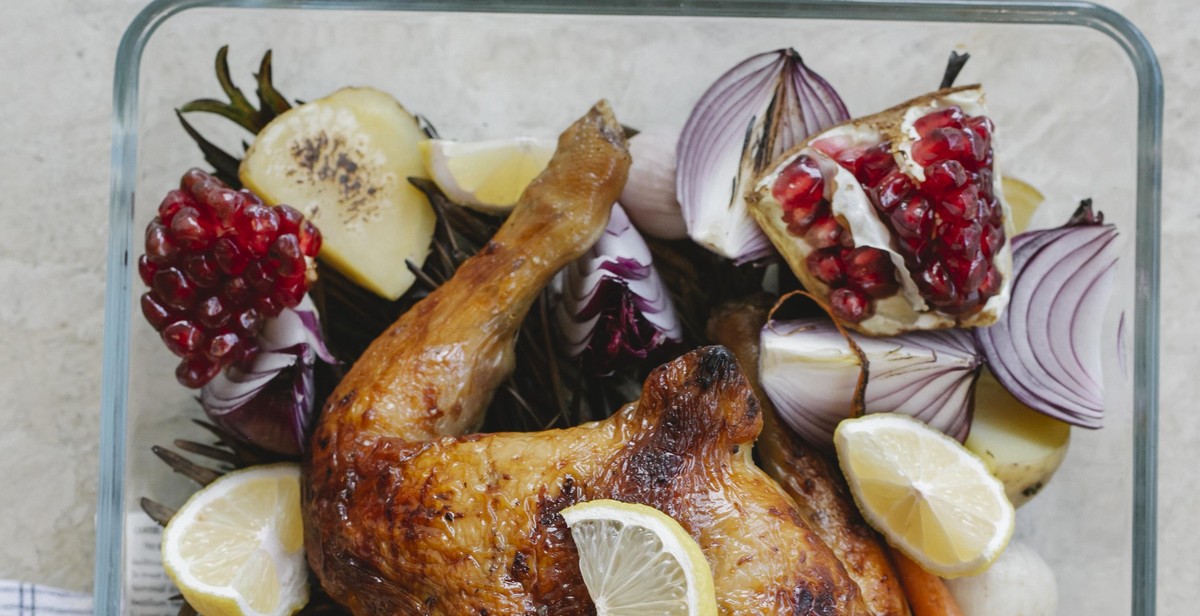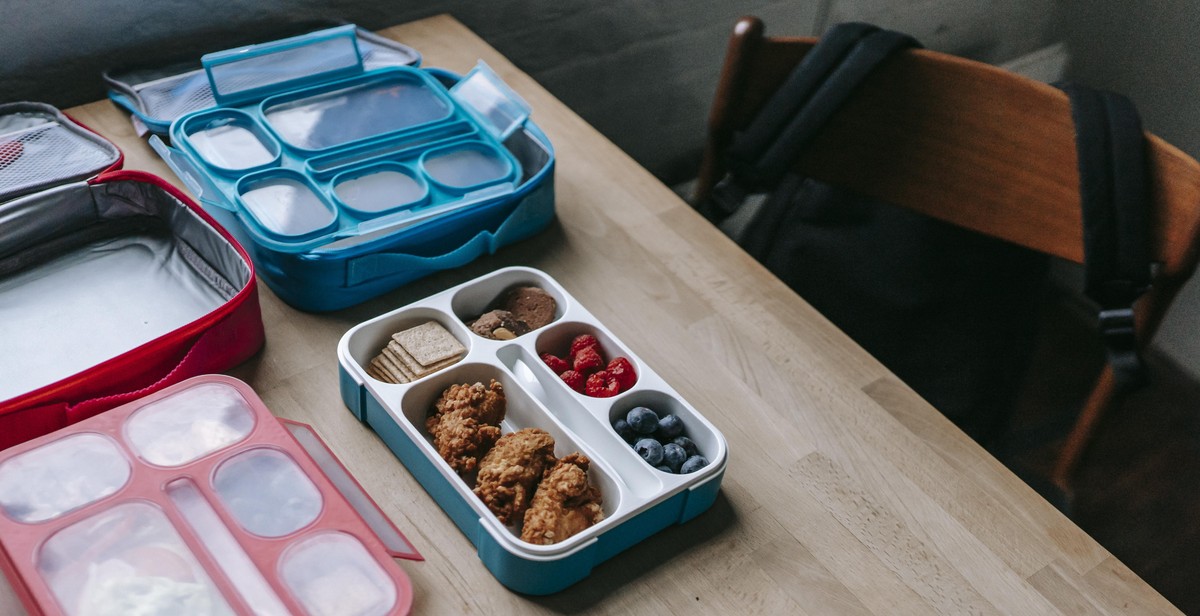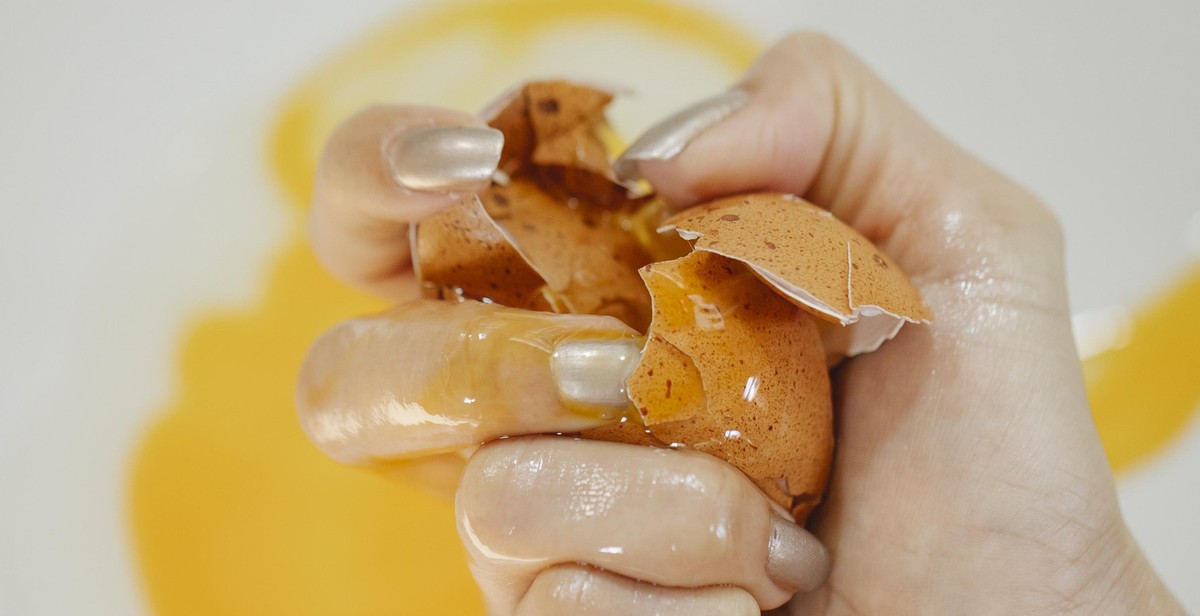How to Roast a Whole Chicken: Juicy and Tender Roasted Meat
Roasting a whole chicken is a classic and delicious way to prepare this versatile meat. Whether you’re cooking for a family dinner or preparing a meal for a special occasion, a perfectly roasted chicken can be the star of the show.
Choosing the Right Chicken
Before you start roasting, it’s important to choose the right chicken. Look for a fresh, organic, and free-range chicken that is about 3-4 pounds in weight. This will ensure that your chicken is flavorful, juicy, and tender.
Preparing the Chicken
Start by removing the giblets and excess fat from the cavity of the chicken. Rinse the chicken with cold water and pat it dry with paper towels. Season the chicken generously with salt and pepper, both inside and out. You can also add herbs or spices, such as rosemary or thyme, for extra flavor.
Roasting the Chicken
Preheat your oven to 425°F. Place the chicken breast-side up in a roasting pan or a cast-iron skillet. If you have a meat thermometer, insert it into the thickest part of the chicken thigh. Roast the chicken for 20 minutes per pound or until the internal temperature reaches 165°F.
- Baste the chicken with its own juices every 20-30 minutes to keep it moist and flavorful.
- Let the chicken rest for 10-15 minutes before carving to allow the juices to redistribute.
Roasting a whole chicken may seem intimidating, but with the right techniques and a little practice, you can achieve juicy and tender roasted meat that will impress everyone at the table.
Choosing the Right Chicken
When it comes to roasting a whole chicken, choosing the right bird can make all the difference in the final result. Here are some factors to consider when selecting a chicken:
Fresh or Frozen?
Both fresh and frozen chickens can be roasted successfully, but there are some differences to keep in mind. Fresh chickens are typically more expensive than frozen ones, but they are also more flavorful and have a better texture. They also have a shorter shelf life, so it’s important to use them within a few days of purchase. Frozen chickens, on the other hand, can be stored for several months and are often more convenient to purchase. However, they may have a slightly less tender texture and a milder flavor than fresh chickens.
Organic or Conventional?
Another consideration when choosing a chicken is whether to opt for organic or conventional. Organic chickens are raised without the use of antibiotics or hormones, and are fed organic feed. They are also raised in more humane conditions than conventional chickens. While organic chickens may be more expensive, they are a better choice for those who prioritize animal welfare and environmental sustainability. Conventional chickens, on the other hand, are often cheaper and more widely available, but may have been raised in crowded and inhumane conditions. They may also have been treated with antibiotics and hormones, which can have negative health impacts for both the chickens and the people who consume them.
| Fresh | Frozen | |
|---|---|---|
| Pros | More flavorful and tender | Longer shelf life and more convenient |
| Cons | More expensive and shorter shelf life | Slightly less tender and milder flavor |
| Organic | Conventional | |
| Pros | Raised in more humane conditions and without antibiotics/hormones | Cheaper and more widely available |
| Cons | More expensive | Raised in crowded and inhumane conditions and may contain antibiotics/hormones |
Ultimately, the choice of chicken will depend on personal preferences and priorities. However, it’s important to keep these factors in mind when making a selection to ensure the best possible outcome for your roasted chicken.

Preparing the Chicken
Preparing the chicken properly is crucial to achieving a juicy and tender roasted meat. Here are the steps you need to follow:
Thawing the Chicken
The first step in preparing the chicken is to thaw it properly. You should never roast a frozen chicken as it will not cook evenly and may even be dangerous to eat. The best way to thaw a chicken is to remove it from the freezer and place it in the refrigerator for 24 hours.
If you don’t have enough time to thaw the chicken in the refrigerator, you can also thaw it in cold water. Simply place the chicken in a large bowl or sink filled with cold water and let it sit for 30 minutes per pound. Make sure to change the water every 30 minutes to ensure that it stays cold.
Cleaning the Chicken
Once the chicken is thawed, the next step is to clean it thoroughly. Remove the giblets and neck from the cavity and discard them. Rinse the chicken inside and out with cold water and pat it dry with paper towels.
Tips:
- Make sure to wash your hands and any utensils or surfaces that come into contact with the raw chicken to avoid cross-contamination.
- Do not rinse the chicken with hot water as this can cause bacteria to spread.
Seasoning the Chicken
Now that the chicken is clean, it’s time to season it. You can use any seasoning blend that you like, but a simple mixture of salt, pepper, and garlic powder is always a good choice. Rub the seasoning all over the chicken, including under the skin and inside the cavity.
For extra flavor, you can also stuff the cavity with herbs, lemon wedges, or onion slices. This will infuse the chicken with additional flavor as it roasts.
Once you have seasoned the chicken, it’s ready to be roasted. Follow the instructions in the next section to learn how to roast a whole chicken to perfection.

Roasting the Chicken
Roasting a whole chicken is a simple and satisfying way to prepare a delicious meal. Here are some tips to ensure your chicken comes out juicy and tender:
Preheating the Oven
Before you begin roasting the chicken, make sure to preheat your oven to 425°F (218°C) for at least 15 minutes. This will ensure that the oven is hot enough to cook the chicken evenly.
Trussing the Chicken
Trussing the chicken is an important step that will help it cook evenly and retain its shape. To truss the chicken, tuck the wings behind the back and tie the legs together with kitchen twine. This will help the chicken cook evenly and prevent the legs from drying out.
Roasting Time and Temperature
The roasting time and temperature will depend on the size of your chicken. A general rule of thumb is to roast the chicken for 20 minutes per pound (450g) at 425°F (218°C). However, it’s important to use a meat thermometer to ensure that the chicken has reached an internal temperature of 165°F (74°C) before serving.
Here is a chart to help you determine the roasting time based on the weight of your chicken:
| Weight of Chicken | Roasting Time |
|---|---|
| 2-3 lbs (900g-1.4kg) | 40-60 minutes |
| 3-4 lbs (1.4kg-1.8kg) | 60-80 minutes |
| 4-5 lbs (1.8kg-2.3kg) | 80-100 minutes |
| 5-6 lbs (2.3kg-2.7kg) | 100-120 minutes |
Remember to baste the chicken every 20-30 minutes with the juices that accumulate in the pan. This will help keep the chicken moist and flavorful.
Once the chicken has finished roasting, let it rest for 10-15 minutes before carving. This will allow the juices to redistribute and ensure that the meat is tender and juicy.

Checking for Doneness
Roasting a whole chicken to perfection requires checking for doneness. There are several ways to determine if the chicken is cooked through and safe to eat.
Using a Meat Thermometer
Using a meat thermometer is the most accurate way to check if the chicken is cooked through. Insert the thermometer into the thickest part of the chicken, making sure not to touch the bone. The temperature should read 165°F (74°C) for the chicken to be fully cooked and safe to eat. If the temperature is below this, continue roasting the chicken and check again after a few minutes.
Checking the Juices
Another way to check for doneness is by checking the juices. Pierce the thickest part of the chicken with a fork or knife and allow the juices to flow out onto a plate. The juices should be clear, not pink or red. If the juices are still pink or red, continue roasting the chicken and check again after a few minutes.
It is important to note that relying on the color of the chicken or the time it has been roasting is not a reliable way to determine if the chicken is fully cooked. Always use a meat thermometer or check the juices to ensure that the chicken is safe to eat.
| Food | Temperature |
|---|---|
| Beef, pork, lamb, veal (steaks, roasts, and chops) | 145°F (63°C) with a 3-minute rest time |
| Ground meats (beef, pork, lamb, veal) | 160°F (71°C) |
| Poultry (chicken, turkey, duck, goose) | 165°F (74°C) |
| Ham (fresh or smoked) | 145°F (63°C) with a 3-minute rest time |
By following these tips, you can ensure that your roasted chicken is juicy, tender, and safe to eat.

Serving and Storing
After roasting a whole chicken, it’s important to properly carve and serve it. Here are some tips:
Carving the Chicken
1. Let the chicken rest for at least 10 minutes before carving to allow the juices to redistribute.
2. Remove the twine or any other ties that were used to hold the chicken together during roasting.
3. Using a sharp knife, cut through the skin between the leg and the breast. Pull the leg away from the breast until the joint pops out of its socket.
4. Cut through the joint to separate the leg from the body. Repeat on the other side.
5. To remove the breast meat, make a horizontal cut along the breastbone. Use the tip of the knife to loosen the meat from the bone, then slice the meat thinly.
Serving Suggestions
Roasted chicken is a versatile dish that can be served in many ways. Here are some ideas:
- Serve with roasted vegetables like carrots, potatoes, and onions.
- Make a gravy from the pan drippings.
- Serve with a side salad or green beans.
- Use the leftovers to make chicken salad or sandwiches.
Storing Leftovers
If you have leftovers, it’s important to store them properly to prevent foodborne illness. Here are some tips:
- Remove the meat from the bones and store in an airtight container in the refrigerator for up to 3 days.
- Alternatively, freeze the meat for up to 6 months.
- Don’t leave cooked chicken at room temperature for more than 2 hours.
- Reheat leftovers to an internal temperature of 165°F before eating.
By following these tips, you can enjoy juicy and tender roasted chicken and safely store any leftovers for future meals.
